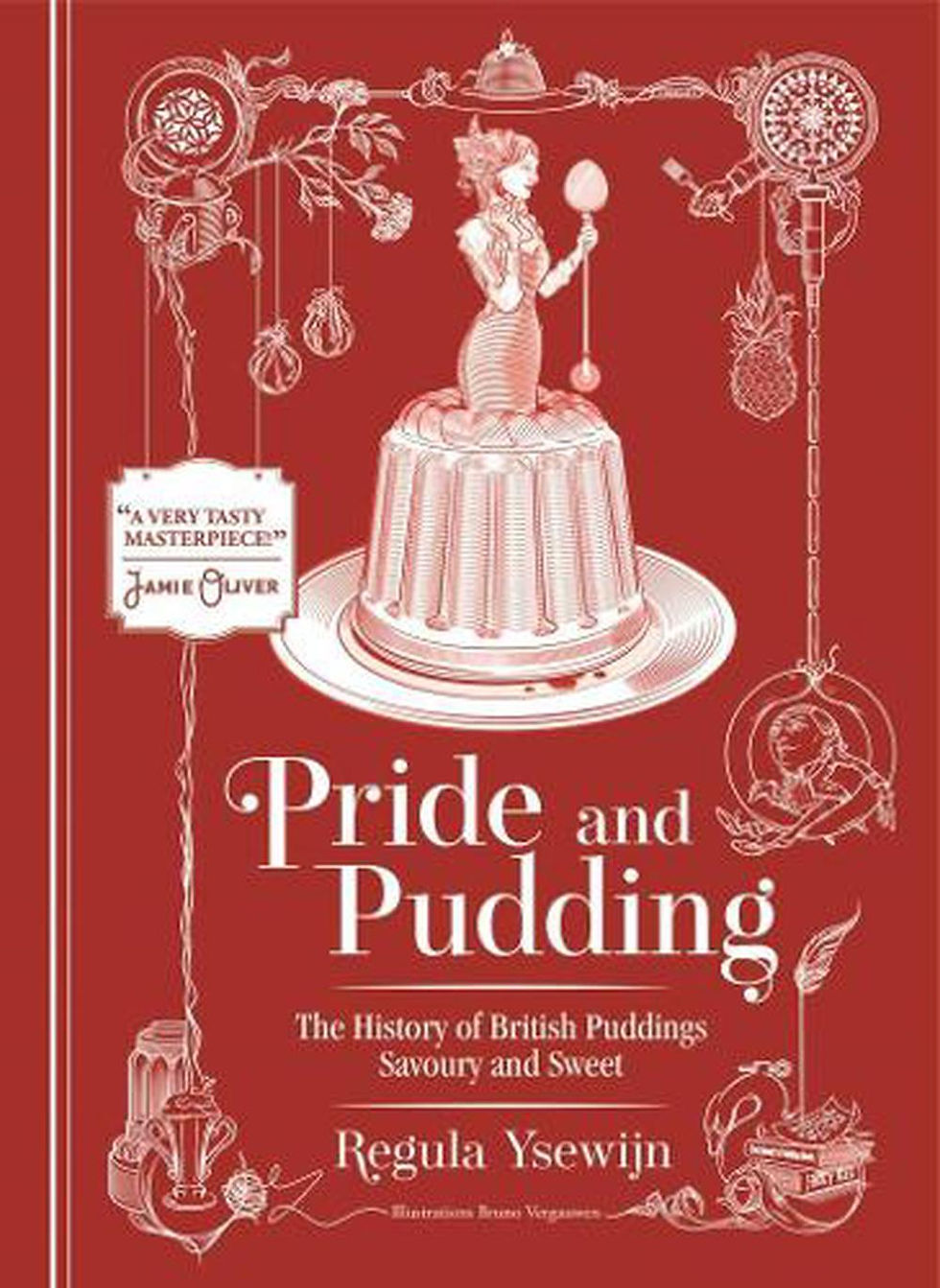
Regula Ysewijn is a Belgium food historian. She gave up her day job to do the historical research for this stunning and unique book: Pride and Pudding: The History of British Puddings Savoury and Sweet.
She ploughed through about 200 books, a mix of historical and memoirs, poems, diaries, political pamphlets and antique cookbooks to create this book. She also collected original moulds and translated historical recipes into workable recipes for today’s cook.
Part-culinary history, part recipe book, Pride and Pudding boasts more than 80 recipes. While it was a huge sacrifice financially to take time off to create this book, she believes it is the best thing she has ever done.
Pride and Pudding is a stunning book, an ode to the British pudding – and many of these puddings would have arrived here in New Zealand, too, back in the day.
And by pudding, the author doesn’t mean modern-day sweets or desserts. Puddings in this book are mixtures prepared in animal skins like sausages or haggis, or wrapped in a pudding cloth or in a pastry casing or mould.
Pride and Pudding goes through the history of puddings from prehistoric times until now. The recipes are divided into the following sections: Boiled and Steamed Puddings, Baked Puddings, Batter Puddings, Bread Puddings, Jellies, milk pudding and ices, as well as master recipes.
Recipes include Haggis from the 15th century, Black Pudding from the 16th century and the Plum Duff from the 19th century which is a batter pudding with raisins.
Regula has a gorgeous recipe for Treacle Sponge Pudding that she can trace back to 1852, although it was most popular in the 1950s when treacle began to be mass-produced.
She has a recipe for Quince Tarts from the 18th century that is a work of art with their intricate lattice pastry design.
There is a recipe for Toad-in-the-hole, which first traces back to a recipe from 1747 with whole pigeons instead of sausages.
The summer pudding from 1893 is a riot of colour, using raspberries, blackberries and red currents.
A recipe for Ribbon Jelly dates back to the 18th century, and looks best served in dainty glasses.
Regula has a whole section devoted to trifles over the centuries, which makes for fascinating reading. And she shares the secrets of also making delicious homemade ice creams.
Regula believes that she brings fresh and eager eyes to this project, and I would have to agree. The photography is superb. And her joy of discovering these antique recipe gems is evident on every page. While not all the recipes will appeal to a modern palette, many are absolutely delicious! As they say, the proof is in the pudding is the eating after all! This is a real treasure of a book, a wonderful blend of history and recipes you are unlikely to find anywhere else.
Reviewer: Karen McMillan
Murdoch Books
